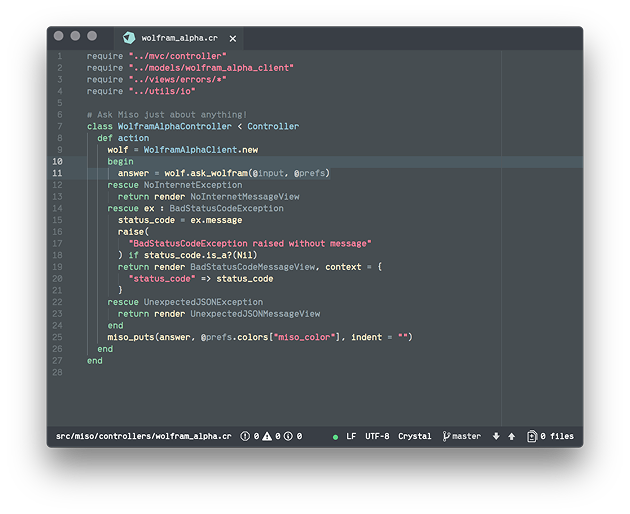We build models using spaCy, BERT, or GPT architectures depending on your use case. Whether it’s intent classification, summarisation, or document parsing, we structure training loops, fine-tune parameters, and deploy in scalable containers. Our goal is usable, fast, and clean NLP output that feeds directly into your systems.
NLP Development Services
End-to-end NLP solutions for machine learning and data analysis
Natural Language Processing helps software understand human language. At Technolangs Solutions, we build custom NLP models that extract meaning, detect sentiment, classify intent, and automate responses. Our developers use Python, spaCy, Transformers, and NLTK to power tools that read and learn just like humans do. We build NLP systems that work quietly in the background and bring clarity to complex, messy language data. Let’s turn your text into insights.
